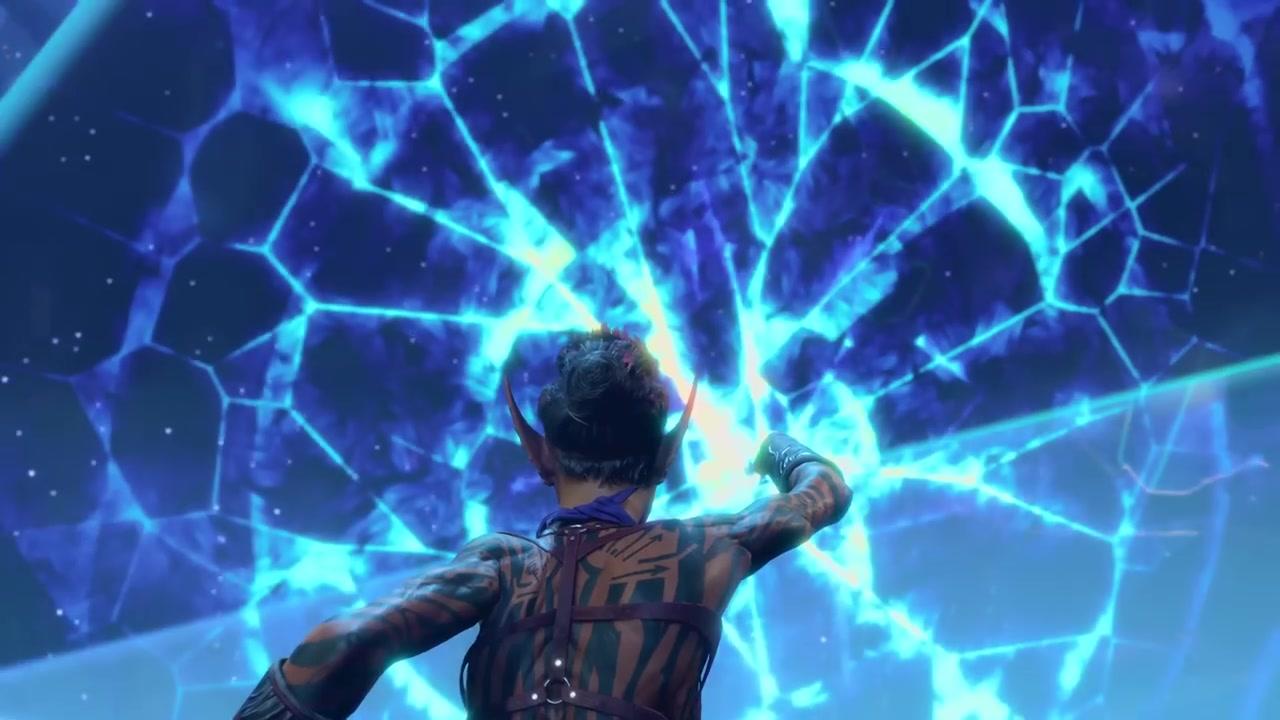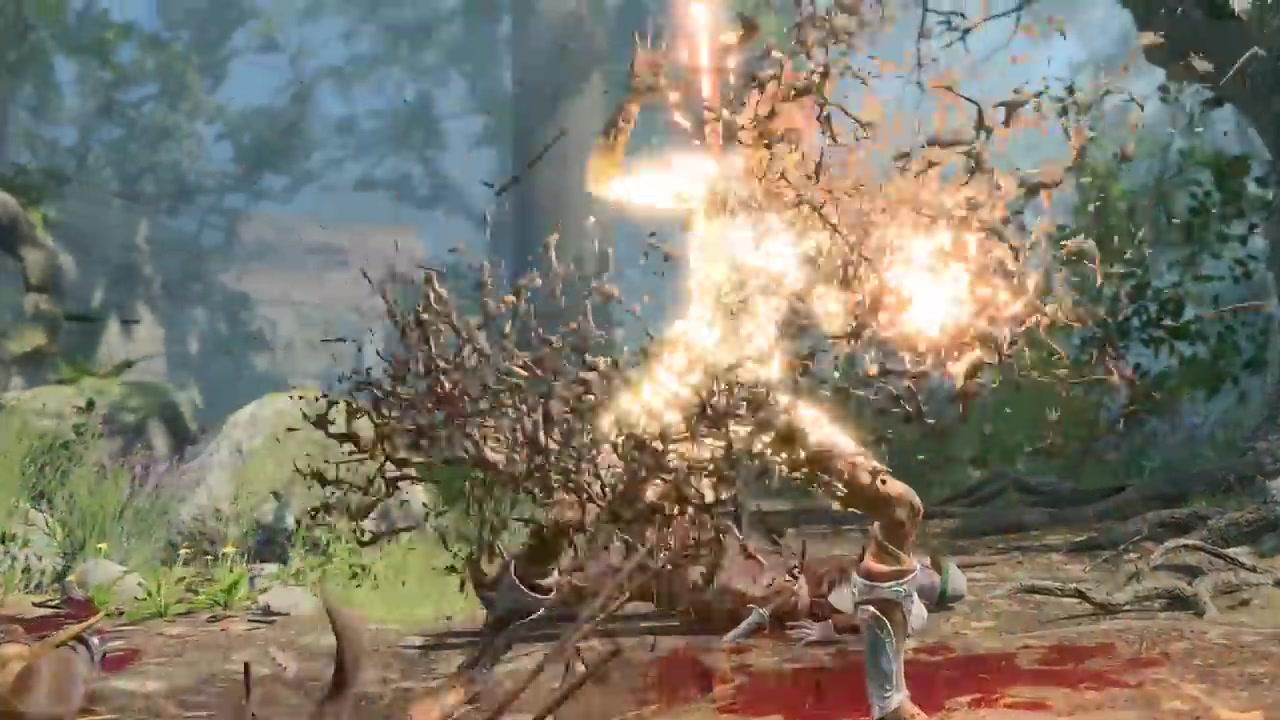Baldur's Gate 3 Review: A Nostalgic Deep Dive into Larian Studios’ Masterwork
As a longtime gamer from Berlin, stepping into Baldur’s Gate 3 felt like a reunion with a classic friend, yet one who’s matured and transformed in ways I couldn’t have predicted. There’s a hint of nostalgia in every turn, but it’s not a rehash of old tropes; it’s a revitalization of the genre that’s been meticulously crafted to speak to both veterans and newcomers alike. We’re living in an age where escapism is a treasured refuge, and in Baldur’s Gate 3, Larian Studios hasn’t just created a game; they’ve constructed a fully realized world that beckons you in with the promise of adventure, danger, and, at times, deeply personal introspection.

The Weight of Choices: More Than Just Morality
Larian Studios has always been known for giving players freedom, but in Baldur’s Gate 3, that freedom goes beyond the basic good-versus-evil decisions found in most RPGs. For instance, early in the game, you encounter an ancient tome that hints at cursed magic. Deciding whether to engage with it affects not just your party’s morality but also creates a ripple effect of small changes in dialogue and encounters that follow. It’s this detail that adds layers to the experience, as actions lead to consequences that aren’t always immediately visible but are deeply felt over time.

Few games encourage players to ponder the ramifications of even small decisions in this way. For example, attempting to pickpocket certain NPCs can lead to subtle but meaningful shifts in their behavior toward you. They might avoid you, raise prices, or drop clues about hidden locations if they sense you’re willing to “bend the rules.” These kinds of nuances in the gameplay reward those who explore different paths, creating an experience that feels uniquely tailored to each player’s choices without being overtly flagged as “morality” decisions.
Companion Relationships: A Tapestry of Depths and Secrets
One of the most understated yet powerful aspects of Baldur’s Gate 3 is how it handles relationships, particularly with your companions. Every interaction, every choice, and every combat decision feeds into an elaborate web of connection, camaraderie, and tension. Characters in your party are more than just stereotypical archetypes—they’re layered, unpredictable, and harbor secrets that are only revealed if you invest in them.

Take, for instance, the companion Astarion. His character arc is not only influenced by what you choose to say to him but also by the actions you take when he isn’t around. If he catches wind that you’ve aligned with certain factions or used blood magic, he’ll subtly alter his interactions with you, sometimes offering new dialogue options or expressing hidden vulnerabilities. Few players realize that the game tracks these moments, rewarding you with deeper layers of narrative and even hidden abilities if you’ve earned enough of a companion’s trust or approval.
Tactical Combat: More Than Just Strategy
At first glance, Baldur’s Gate 3’s combat appears like traditional turn-based gameplay, yet it’s far more strategic than it seems. For instance, combining grease spills with fire spells creates explosive effects, but you can also use them to manipulate enemy movement, forcing them into traps or off cliffs.

What’s lesser known is that the game’s combat can change depending on the time of day, terrain, and even the level of noise made by your party. Stealth mechanics go beyond crouching behind objects; there’s a system in place where the weight of your armor can determine your success in sneaking past enemies, adding layers to tactical planning. Few players might notice that if you take a “light-footed” approach—using silent spells or positioning yourself carefully—enemies can be avoided altogether, allowing you to bypass entire combat sections for a more story-driven experience.
Moreover, if you experiment with the character builds, you’ll find that some unique combinations unlock hidden combat bonuses. A Druid, for instance, can turn into an animals that can scout without triggering enemy suspicion, while a Sorcerer can create illusions to distract foes.
Save Scumming as a Design Choice: Embracing Imperfection
Larian Studios has taken a bold stance by almost encouraging what’s known as “save scumming,” or the act of saving and reloading to change outcomes. While many games discourage this, Baldur’s Gate 3 acknowledges that the temptation to redo certain moments is part of the experience. Here’s the catch: although you can reload to alter a result, doing so often changes the sequence of subsequent events, sometimes in ways that aren’t immediately clear. For instance, if you retry a failed dialogue option, you might succeed on the second try but miss out on unique dialogue or alternate pathways that only trigger under specific circumstances. This intentional design choice makes save scumming a double-edged sword, encouraging players to make peace with occasional failure.

The Challenge of Time and Resource Management
Another aspect of Baldur’s Gate 3 that’s often overlooked is its challenging approach to time and resources. Unlike most RPGs, where healing potions and supplies are easy to come by, Larian Studios has created a world where scarcity is a genuine challenge. You’ll quickly realize that health potions, spell slots, and resting opportunities are limited, especially in the game’s early stages. This scarcity isn’t there to frustrate but to compel players to approach the game with caution and forethought. The game doesn’t inform you directly, but if you fail to manage your resources wisely, you can end up in situations where you’re forced to retreat or come up with creative solutions to proceed.

Concusion: The Role of Nostalgia and a Fresh Future
There are so many aspects that make this game a great catch, even more if you buy PS5 games because on this console we can see it at its best. Playing Baldur’s Gate 3 feels like revisiting a familiar, comforting place but with the surprise of fresh twists at every turn. For those of us who grew up on classic RPGs, there’s a nostalgic echo in everything from the character progression to the meticulously crafted dialogues that pay homage to the games we’ve cherished for years.